|
Within four or six blocks from our driveway, one of us strikes up the song. We don't make a long performance of it, just a quick, twangy couplet. Off pitch, most likely, but in tune: "We're on the road again/dee-doodle-deedle doh-dee-dee-dee." It's kind of nice cap on the list-making, packing-and-stowing, what-else-are-we-going-to-need phase of a road-trip. It marks the start of a long book-on-CD (this time, Midnight Crossroad by Charlaine Harris), the continuing dispute with the GPS, and the best the snactitian can manage. You know how in The Hobbit, Bilbo Baggins has the occasional, intense longing to be home, with the kettle just beginning to boil? He goes on the adventure, but he suffers with homesickness. I don't think I've felt that for years. I get home, unpack, and start climbing that Matterhorn of dirty laundry. I turn the hot-water heater back on, pay the bills, make sure the cars start and the refrigerator hasn't keeled over...but I'd be just as happy to bounce right back out the door and have the next adventure already. So far, we've visited some buddies, actually stopped for barbecue lunch (!), and visited the delightful Craighead Caverns in Sweetwater, Tennessee for a Lost Sea Adventure. Before winding our way home again this time, we hope to sail the Flying Scot NACs regatta, do a bit of roller coasting at Cedar Point (billed as the Roller Coaster Capital of the World), and wrangle some farm chores...
4 Comments
A tall glass of iced lemonade beaded with condensation.
A pillow-lined nook on the porch overlooking open water or a garden. The warm breeze carrying the scent of seaweed, or pine, or fresh-cut grass clippings. And some books.
I had the enviable job for a while of reviewing new books for the erstwhile Tampa Tribune. I'd go into my editor's office with a big empty LL Bean tote and then stagger out like a bookwormy donkey. I'd review books that I liked and ditch the ones I didn't.
As a job, it didn't pay very well, but I did get to keep the books. These days, I don't gobble up piles of reading material. Even with the bounty of the public library easily within reach, good books seem thin on the ground. When I do find one, I wish I were still writing reviews. Word of mouth only goes so far. And hence, a couple of summer reading recommendations.
If you are a fan of Stephen King's apocalyptic masterpiece The Stand, let me humbly suggest Joe Hill's The Fireman.
The parallels –– each a brick-sized opus with a New England setting, a fatal plague devastating the country, a pregnant heroine –– are entertaining but not distracting. Both books take place in the near future and tackle deceptively complicated moral dilemmas –– as is the wont in apocalyptic fiction. The disruption of society in Stephen King's The Stand sets the stage for a showdown with capital-letter Evil in the form of Randall Flagg. In The Fireman, the enemy is less showy (not a Big Bad, as Buffy would say), which gives Hill's suspense an edge: what does victory look like when the evil is not separate? Hill's take on the calamity is not a super-flu but a fungal plague that sets its victims on fire. His descriptions are vivid, his pacing brisk (hold on!), and the characters reveal themselves with a nice, writerly economy.
The Fireman requires a chunk of time; and if you haven't budgeted some hours on the porch, you may have to forego sleep to finish the book.
But isn't that what you're looking for in a summer read?
It's not fiction at all but the memoir of the author's friendship with Lucy Grealy. Grealy, of course, wrote the Autobiography of a Face about her lifelong struggle with facial cancer, facial reconstructive surgery, and a longing to be more than her own appearance. Patchett is the award-winning novelist who wrote Bel Canto, The Year of Wonders, and Commonwealth.
We spend a good portion of our time, we humans, trying to identify and categorize all manner of creatures, including one another. (Is that a boy or a girl? What kind of accent/haircut/outfit is that? One of ours or one of theirs?)
And, even when we can't identify, we sort things as either "good" or "not-good." Any little kid can tell you that dolphins are nice and good, while sharks are mean and scary.
Anyhoo.
Judging is arguably how we survived for hundreds of thousands of years of evolution: correctly id-ing food vs. non-food, sorting bad guys from among the good folk of the world, drawing clever parallels between similar things.
"What's past is prologue"* even with as spendthrifty a pen (keyboard) as this one.
*This quote from of course, The Tempest. Act 2, with Antonio and Sebastian piffling away on shore. And with the prologue passed, the point of my piffle: While strolling through my tiny kingdom, I find myself not just trying to name the plants, but also sorting them by my lights as bad or good. I spent a studious half-hour or so on figuring out what these four plants were. Each with a maybe yellow flower, each growing rampant on the Would-Be Farm. Each a familiar mystery.
Right to left: the nettle is easy, but as it turns out, it's not common nettle, but Tall Nettle. The second is Garlic Mustard, then Cypress Spurge. And finally, with the dandelion-y leaves, Marsh Yellowcress.
Tall Nettle (Urtica procerea) is a stinger: tiny hairs on the stem will give you a dose of formic acid and histamine that feels a bit like the bite of a fire-ant. Dried, it's used to treat scalp problems, while traditional herbalists would suggest applying the stings to arthritic joints –– sometimes the cure is worse, wait, no, it does in fact work. Nettle also nutritious: steamed or cooked as spinach, nettle is full of Vitamin A and calcium. So while I want to say it's a bad plant, it's got its good points too. Garlic Mustard (Alliaria petiolata) is a garlic-scented member of the mustard family. Shocker, I know, with a name like that. Pretty solidly a baddie, although it's edible from top to toe. I will be grazing on this plant next spring, knock wood. Cypress Spurge (Euphorbia cyparissias) is a recent (1860-ish) immigrant to the country. It's an ornamental that spreads rapidly. Its seed-pods detonate and can broadcast seeds up to five feet. Whoa. It's poisonous to horses and cows (but not sheep. Go figure.) While the milky sap is poisonous to humans, it has been used to remove warts. That's something. Cypress Spurge has some other traditional medicine uses, but I'm going to keep my gloves on and pull it as a weed. Marsh Yellowcress (Rorippa palustris) is a mustard and a cress, which is all to the good. It's native, it likes the boggy wetlands that stripe the farm, and it is edible raw (ooh! peppery!) or cooked (add a little olive oil and balsamic vinegar. nom nom nom). Is it ironic that I am basically re-discovering the common knowledge of my hunter-gatherer ancestors? Sometimes a person just needs a silly song in a different language. !Hay Machete! Once upon a time, the Would-Be Farm was buried under the Laurentide ice sheet. Then it drowned under great Lake Algonquin, and then it was wild open country. For millennia, these meadows and rocky outcroppings were the stomping grounds for wood bison, wolves, and of course, the Iroquois Confederacy. (Jeff continues to keep eyes peeled for an arrowhead). Then along came the Europeans with their pesky notions of land-ownership. I'll gloss past the colonization. We know the basics: the French trappers and traders, the priests, the English settlers, the Revolution. Now, to zoom in to the details of that little corner of the world that catches my attention. In 1791, New York State was strapped for cash and land speculation was all the rage. Leading to the Great Macomb Purchase of 1791. This back-room deal sold off nearly 4 million acres of Northern New York for a whopping 8 pence an acre. Of course the sale was meant to encourage economic growth and settlement; the land was meant to be earmarked for Revolutionary War veterans. Heavy sigh. Nothing new under the sun: scheming and greed resulted in a solid scandal and several fortunes lost and made and not a lot of veterans hammering swords into plowshares.
**Indeed, these French fled their Revolution; many settled in the young US, but alas, as political tension with France developed, President Adams signed the "Alien and Seditions Act," in 1798, which basically repealed freedom of speech (no public speaking out against the government!), made citizenship harder to attain, and expelled foreigners. Oh the irony of the French Festival! Heavy sigh.
I assumed it was a kit house, the kind that came unassembled via train car from the Sears Roebuck catalogue. (And you thought Ikea shelving is hard to put together––!) After all, it’s a familiar, plain, elegant pattern of so many farmhouses in the North Country. But as it turned out, assuming is wrong again: Sears’ kits really hit their stride after 1905, and this house is circa 1880. I don't know what the design is called, officially –– vernacular architecture, maybe? with a splash of Neoclassical? Maybe one of my clever architect friends can give me some more insight on how to best describe it. Of course we toyed with the idea of restoring the old fella. But it’s about 20 feet from the road. It's not especially charming. There’s a truly gruesome detached outhouse.
There is so much future to dream into reality with the Would-Be Farm: what else is it to plant a bunch of twigs but to wish an orchard to life? But it's comforting to find out a little about its past. To know, for instance, that the flowers (the iris and violets, hosta and columbine, lungwort and daffodils) probably came from this 100+ year span of women before me who cared for this farm: Julia and Harry farmed the land from their wedding in 1937 until 1980. Julia's mom, Georgiana was probably born on the farm in 1868, and spent her 80 years on this bit of earth. So nice to meet you! I hope you like what we are doing with the place. 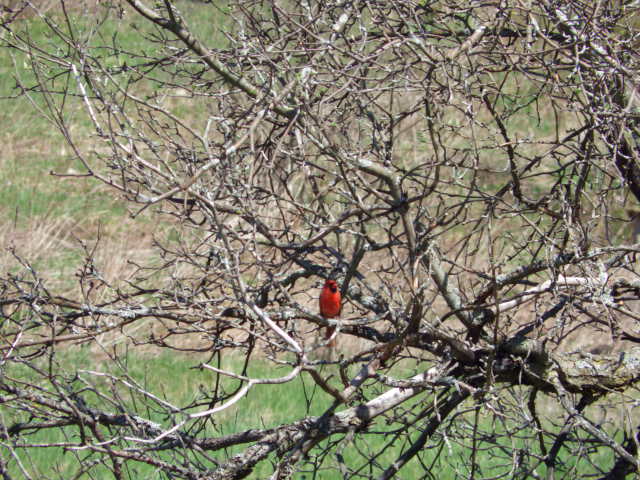 References and reading material
https://npgallery.nps.gov/pdfhost/docs/NRHP/Text/64000558.pdf https://www.britannica.com/topic/Iroquois-Confederacy http://www.omdhs.syracusemasons.com/sites/default/files/history/McCormick,%20Daniel.pdf http://www.mlloyd.org/gen/macomb/text/mansion.htm https://archive.org/stream/ahistoryadirond00clubgoog/ahistoryadirond00clubgoog_djvu.txtwas w old abandoned buildings of northern new york http://oabonny.com http://mlloyd.org/gen/macomb/text/amsr/wt.htm https://localwiki.org/hsl/Macomb%27s_Purchase http://www.ushistory.org/us/19e.asp |
About the Blog
A lot of ground gets covered on this blog -- from sailboat racing to book suggestions to plain old piffle. FollowTrying to keep track? Follow me on Facebook or Twitter or if you use an aggregator, click the RSS option below.
Old school? Sign up for the newsletter and I'll shoot you a short e-mail when there's something new.
Archives
June 2024
Categories
All
|

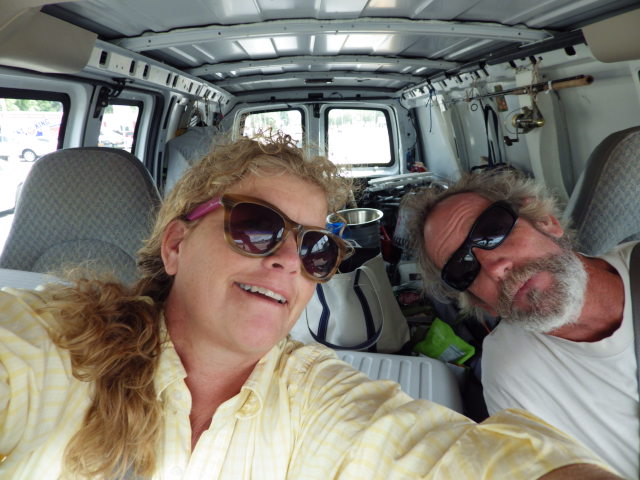
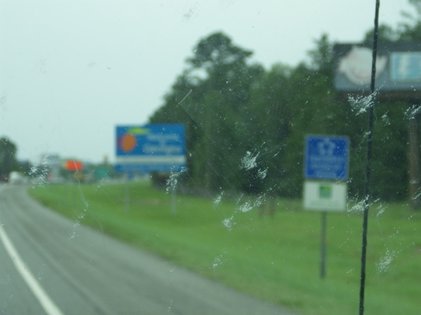
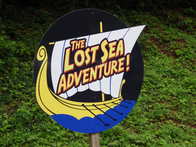
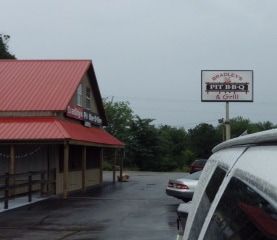
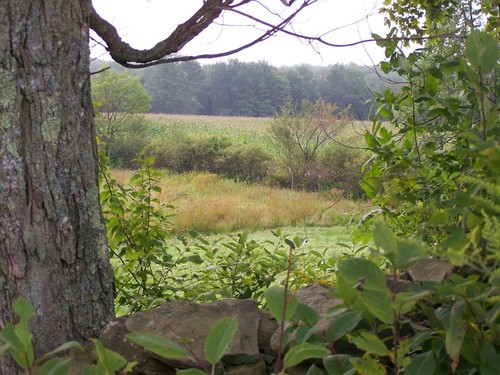
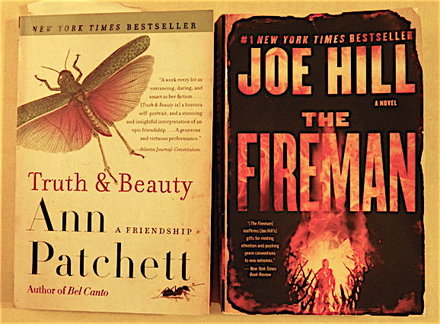
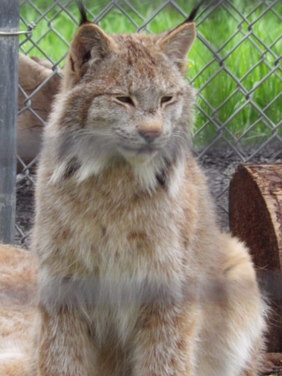
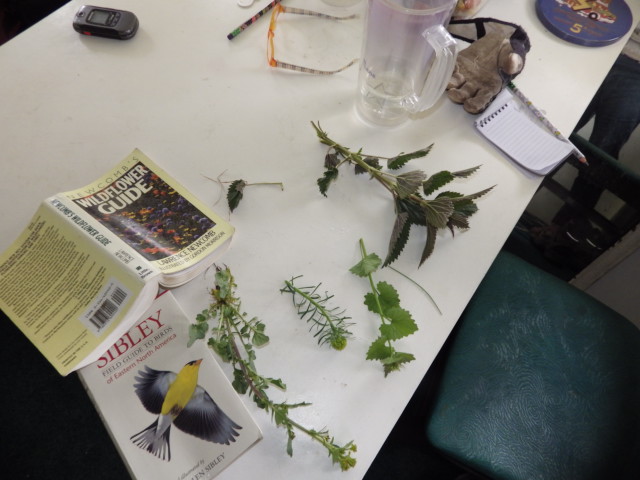
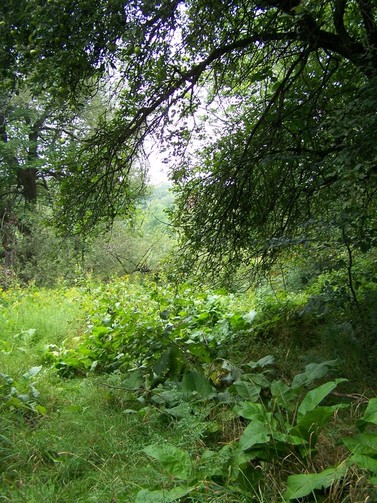
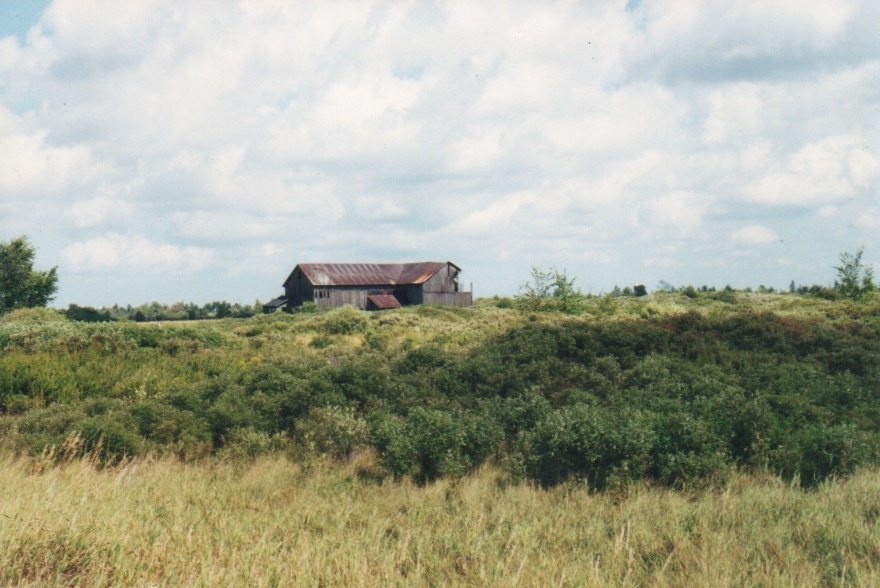
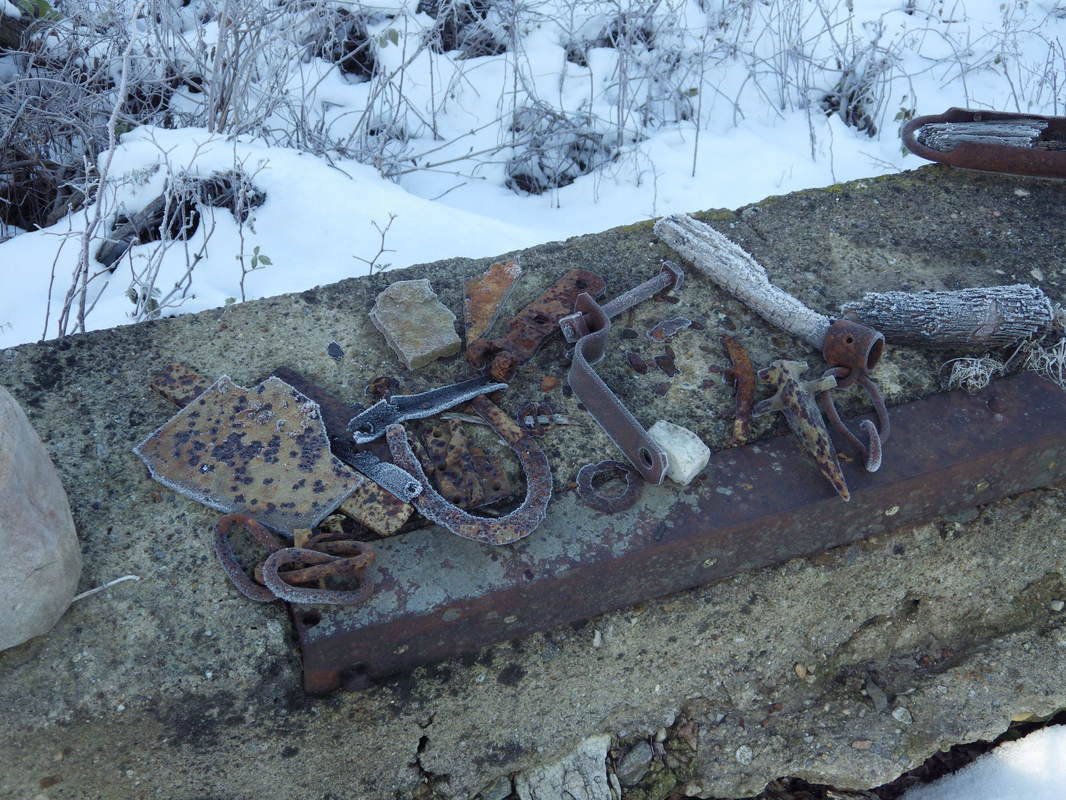
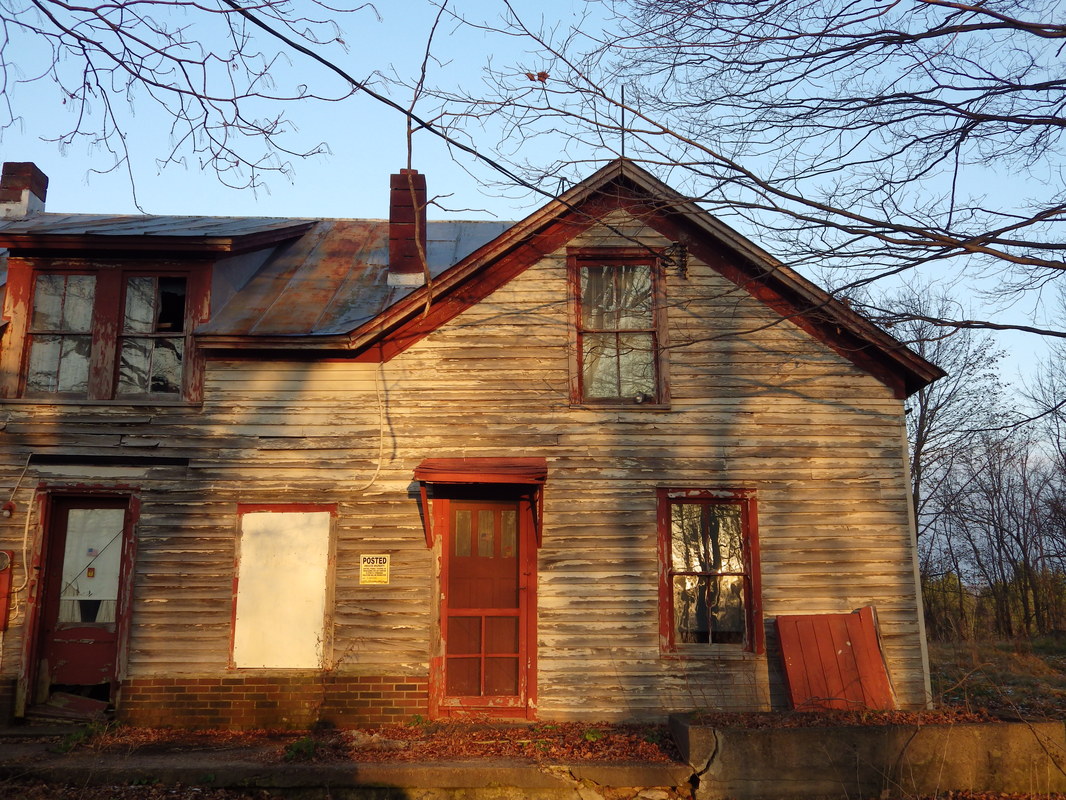
 RSS Feed
RSS Feed
